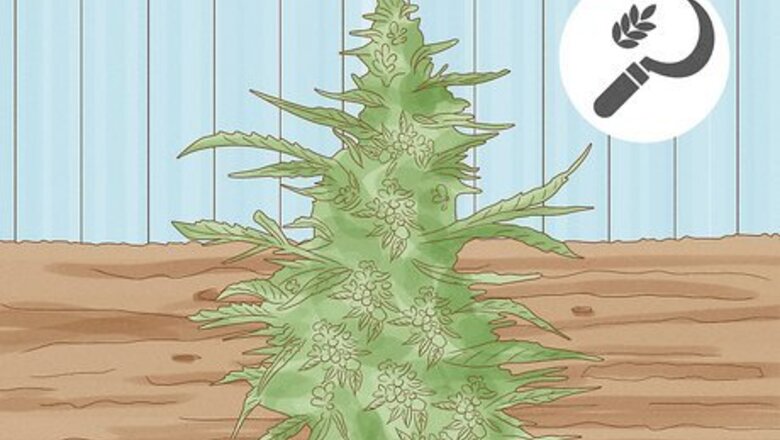
views
Harvesting the Fibers
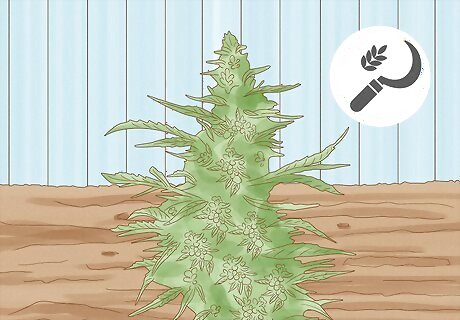
Begin harvesting the fibers as the seeds start to develop. Look for seeds starting to form on your plant in groupings near the leaves. Waiting too long into the growing season makes the fibers too coarse and male fibers die soon after the plants pollinate. If you want stronger fibers, you can collect the coarse fibers from mature stalks. Hemp fibers and seeds mature at different times and are challenging to harvest at the same time. Make a decision on what product you’d prefer to harvest from your plants.

Cut the stalks with a sickle or a sickle-bar mower. Make your cuts as close to the base of the plant as you can. If you have a small grouping of hemp, you can use a sickle to cut down the stalks individually. For larger crops, consider using a mower with a sickle-bar to make uniform cuts at the same height. Sickles are curved blades commonly used for harvesting grains and tall stalks. They can be purchased at a gardening store. A sickle-bar is an attachment for a riding lawnmower or tractor with a row of blades to cut the stalks at the same height. Rent a sickle-bar from a specialty farm equipment store.
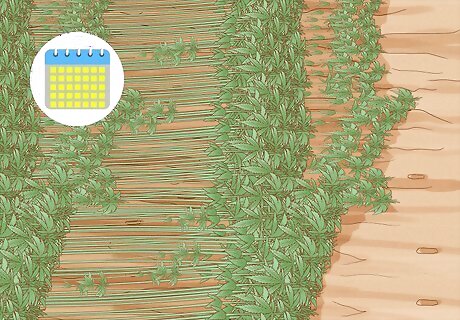
Leave the stalks in the field for 5 weeks. Lay the stalks in a pile on the ground and leave them to rot slightly. The rot on the outer layer of the stalk helps you separate the fibers later on. This process is known as retting and can take up to 5 weeks. Moisture and microbes break down the chemical bonds that hold the stem together. Retting will not occur at temperatures below 41 °F (5 °C) or above 104 °F (40 °C). Retting can also be done by submerging the stalks in water for 7 to 10 days.
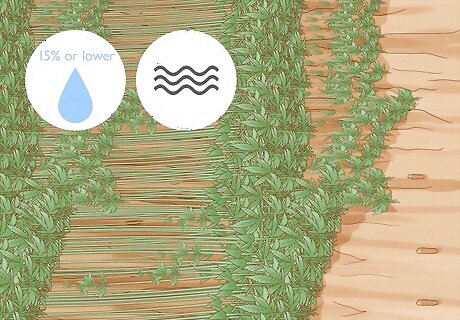
Dry the stalks in a cool, dry area until their moisture level is 15% or lower. Stand the stalks upright and keep them separated so they are able to dry out completely. Use a moisture meter to determine how much water is still present in your plant. Moisture meters used to measure water levels in plants can be purchased online or at gardening stores.
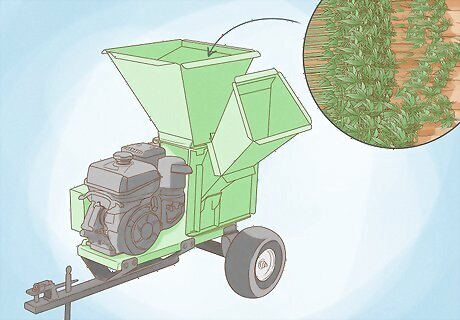
Break the stalks using a decorticator to separate the fibers. A decorticator is a machine with 2 gear-like rollers that help break off the dried pieces of the hemp stalk. Pass the dried stalks through the rollers of the machine 1 or 2 stalks at a time. The rollers will break apart the woody pieces of the stem and collect the fibers on the other side. Decorticators are available to rent from farming equipment stores. Use caution when operating heavy machinery to avoid injury.
Collecting Hemp Seeds
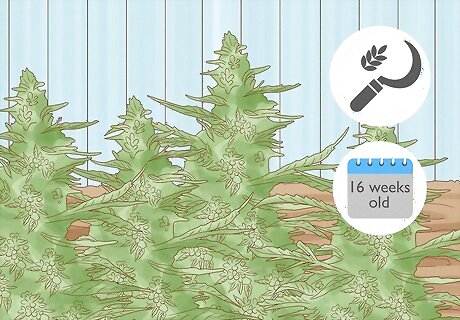
Start your harvest when your crop is 16 weeks old. Look for seeds that have not split open near flowers in full bloom. Feel the seed husks to see if they are hard to the touch. Most of the leaves from the stalk will have fallen off at this point in the season. In the United States, harvest usually occurs in early October. Seeds on the same plant will mature at different times. While some of the lower seeds may be mature, seeds higher on the plant may not be ready yet. Watch your plant carefully to determine when to harvest your plant for maximum yield. Keep the fallen leaves on the soil to compost for next growing season.
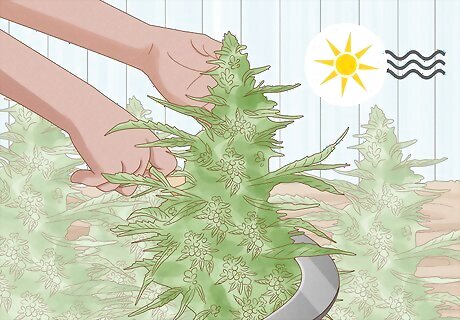
Reap the tops of the plants with a sickle during dry, sunny weather. Make your cuts below the lowest grouping of seeds. The seeds should resemble small marbles without any cracks. Hold the top of the stem with your hands and slice through it with your sickle just below the lowest seed husk. For larger commercial crops, use a combine with a dual-beam cutter.
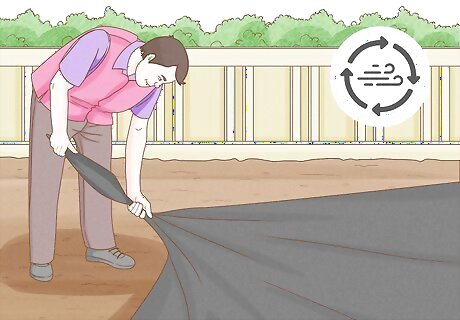
Lay down a tarp in a well-ventilated area. Make sure the tarp lays flat on the ground. If you’re inside, keep a few windows open so there is a breeze and fresh air coming in. If you’re outside, lay the tarp down on the ground in an open area. A clean bed sheet also works if you don’t have a tarp.
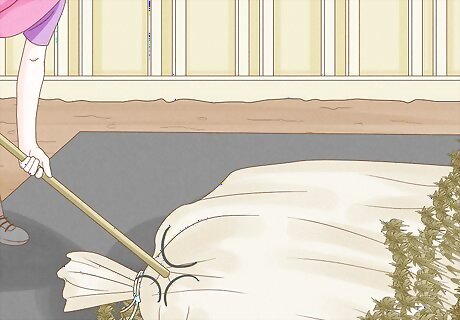
Thresh the seeds onto the tarp with a stick or bat. Hold the end of the stem just below the lowest seed husk with your non-dominant hand and use your dominant hand to hit the stalk with a stick. The seeds will break off of the stem with each hit. Collect the fallen seeds in the tarp you’ve laid down until you’re finished. Use a machine thresher for large crops.
Winnow the seeds in 2 large buckets to remove any residue. Pour the seeds you’ve collected into a 5 US gal (19 L) bucket. Hold the bucket 1 foot (0.30 m) above another empty bucket and slowly dump the seeds into it. Any residue from the stem or seed husk will blow away as you pour the seeds. Repeat the process 6 to 10 times to remove all the residue. Use an industrial winnower for commercial crops to save time and energy. Point a fan at the buckets if the area you’re working in has poor air flow.

Store the seeds in a 32 to 40 °F (0 to 4 °C) area with low humidity. Pour the seeds into a container 10 inches (25 cm) deep and seal it with a lid. Store the seeds in a large fridge or cool area so they do not germinate in storage. Hemp seeds in a dry storeroom will burst and become germ-infested. Seeds can be stored in sacks if they have a moisture level less than 12%.













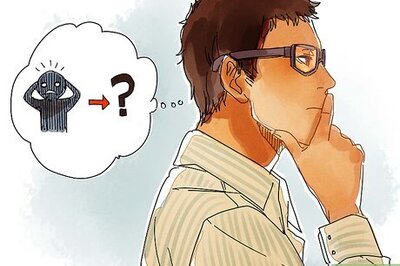
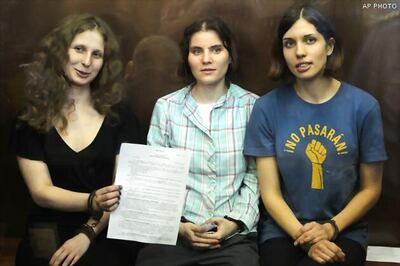
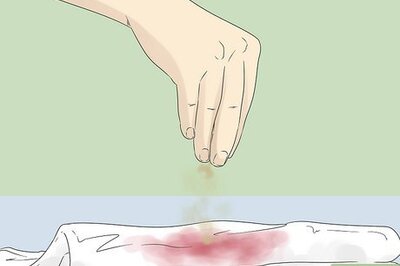



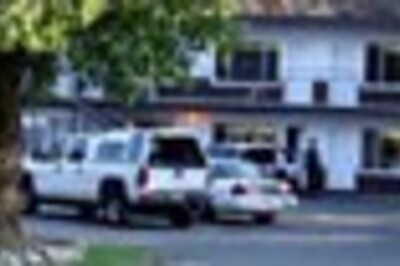
Comments
0 comment